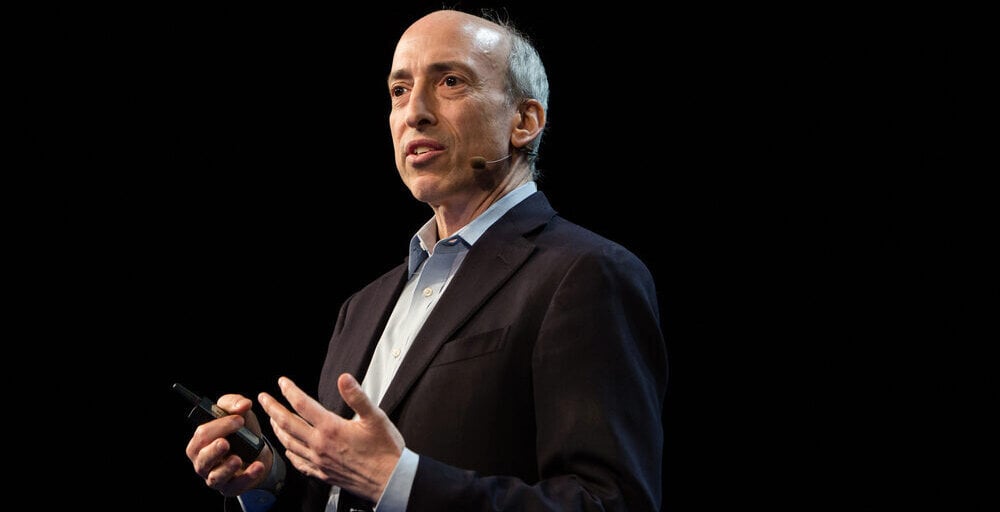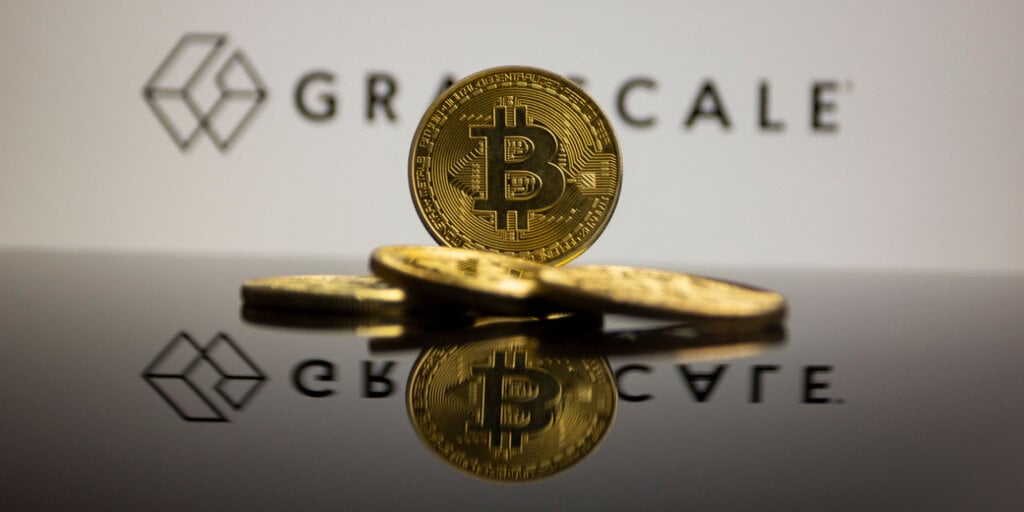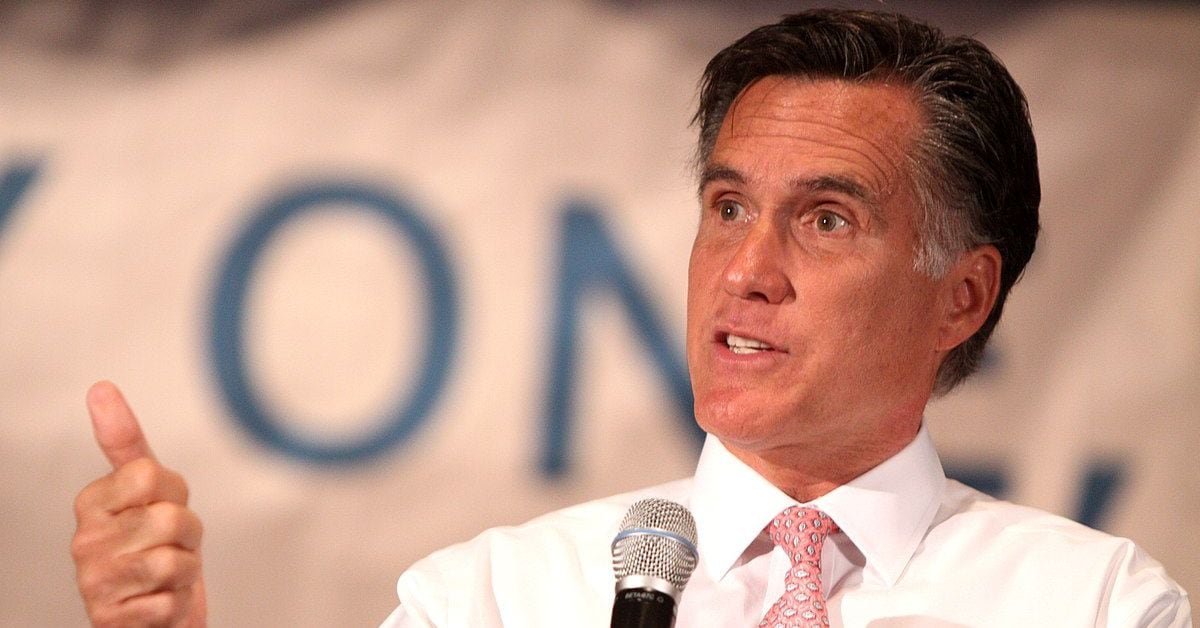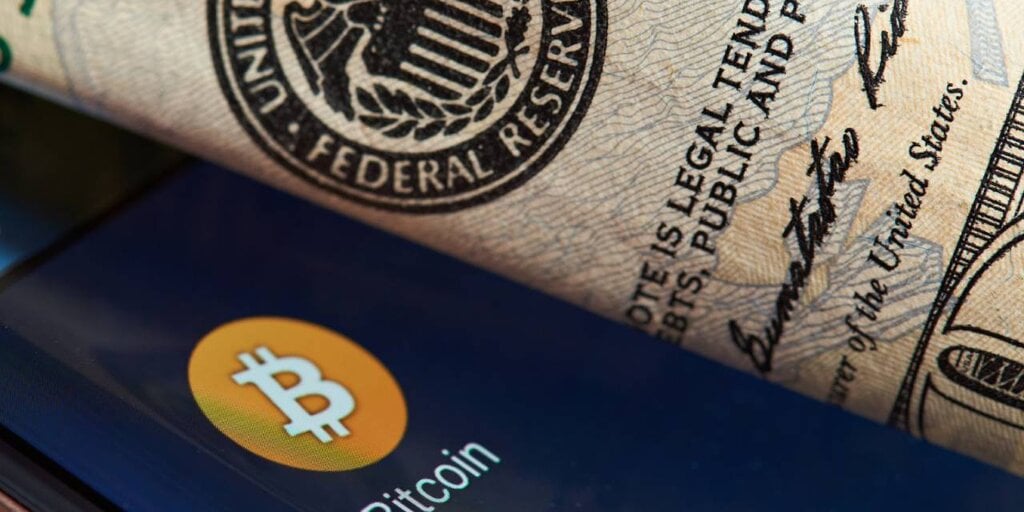
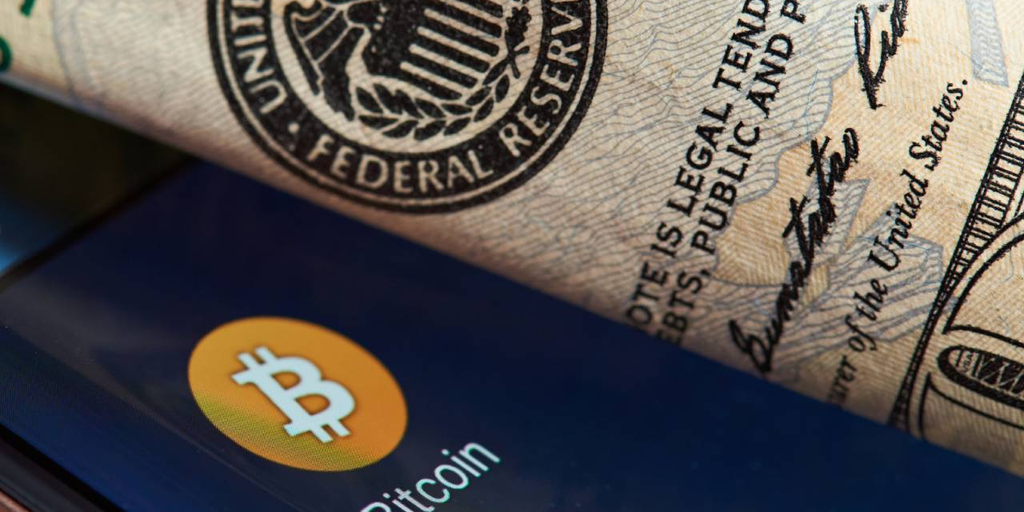
If we do the research, you can get alpha!
Get exclusive reports and key insights on airdrops, NFTs, and more! Subscribe to Alpha Reports now and enjoy the game!
Go to Alpha Report
Now that the hype around Bitcoin ETFs has died down, a new analysis suggests that the price trajectory of the major cryptocurrency asset is back in the hands of the Federal Reserve.
In a report Friday, European digital asset manager CoinShares said Bitcoin’s price action again appears to be driven by the broader interest rate conversation.
“We looked closely at the last 40 trading days and found them to be more consistent with June rate expectations,” said James Butterfill, head of research at CoinShares. “A similar trend was observed in 2023.”
According to CME Fedwatch, markets are confident interest rates will remain flat in June, with a likely decline only in the fourth quarter of the year.
Core PCE inflation (the Fed’s preferred measure of inflation excluding food and fuel) has proven much stickier than expected over the past few months, remaining steady at 2.8% in March. On the other hand, GDP growth figures were disappointing, recording 1.6% in the first quarter of 2024 compared to 3.4% in the previous quarter.
Data also shows that growth in the manufacturing and services sectors is shrinking and stagnating respectively.
These indicators have stoked fears of stagflation and raised expectations that central banks will keep interest rates high for longer. In response, CoinShares explained that the price of Bitcoin has fallen below $57,000 ahead of the Federal Reserve’s next meeting on May 1.
The central bank announced a ‘bizarre surprise’ by announcing a plan to reduce quantitative tightening (QT) while maintaining the policy interest rate above 5.25%. That means reducing the balance sheet from $60 billion previously to $25 billion a month, slowing the shrinking of the economy’s supply of dollars.
In theory, this is good for Bitcoin and other risk assets that have previously thrived in a macro environment where funding is easier. Immediately after the Fed’s announcement, the price of Bitcoin recovered to above $60,000.
“Tapering the QT while simultaneously increasing front-end speed can be similar to applying the brakes on a car and accelerating at the same time,” Butterfill wrote. He added that the U.S. Treasury may have reached its limits in servicing short-term debt, and the only remaining option is for the Fed to switch to its QT strategy.
Butterfill expects the Federal Reserve to cut interest rates later this year in response to weakening economic data, and said the cut would be “late but larger than expected.”
“Due to Bitcoin’s fixed supply and high immutability, this turbulence is likely to support Bitcoin prices if the Federal Reserve eventually cuts interest rates,” he added.
Edited by Ryan Ozawa.
